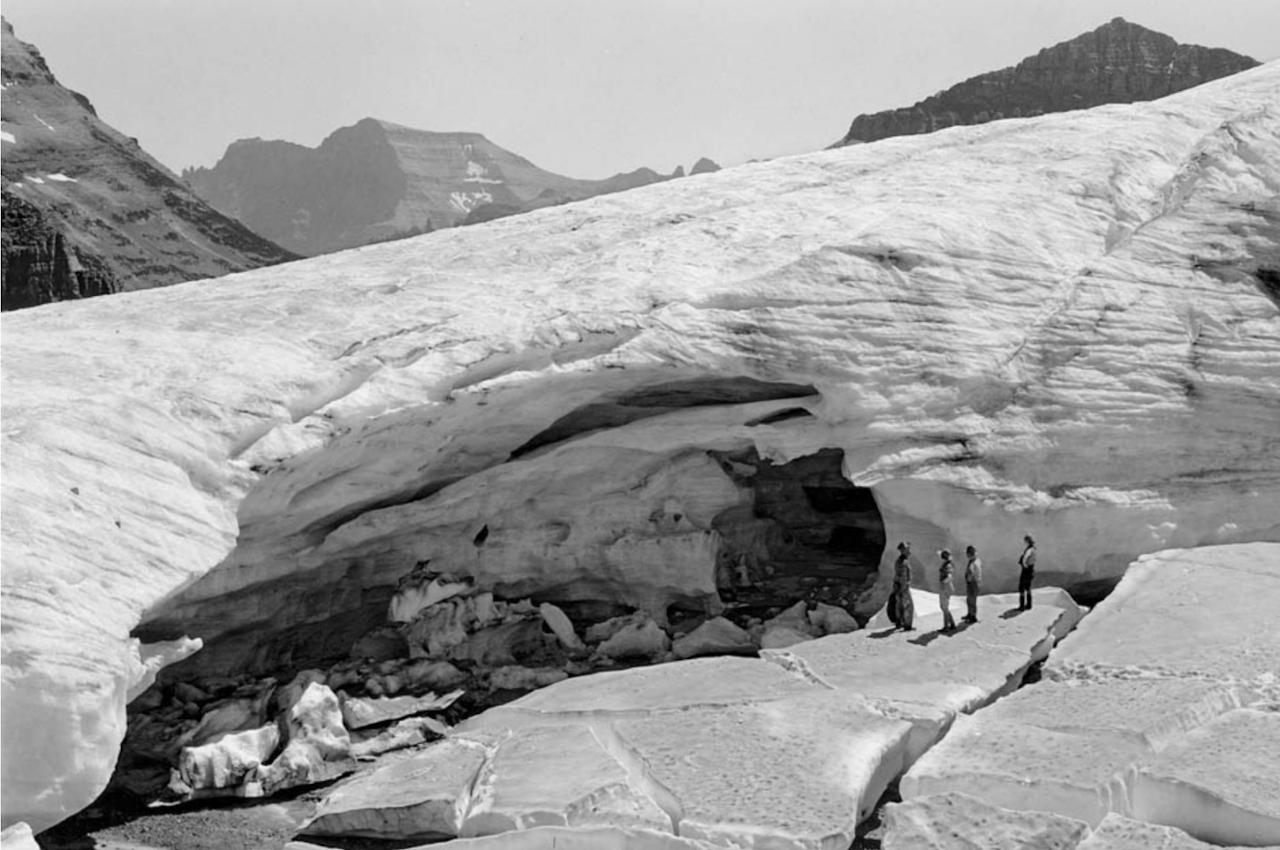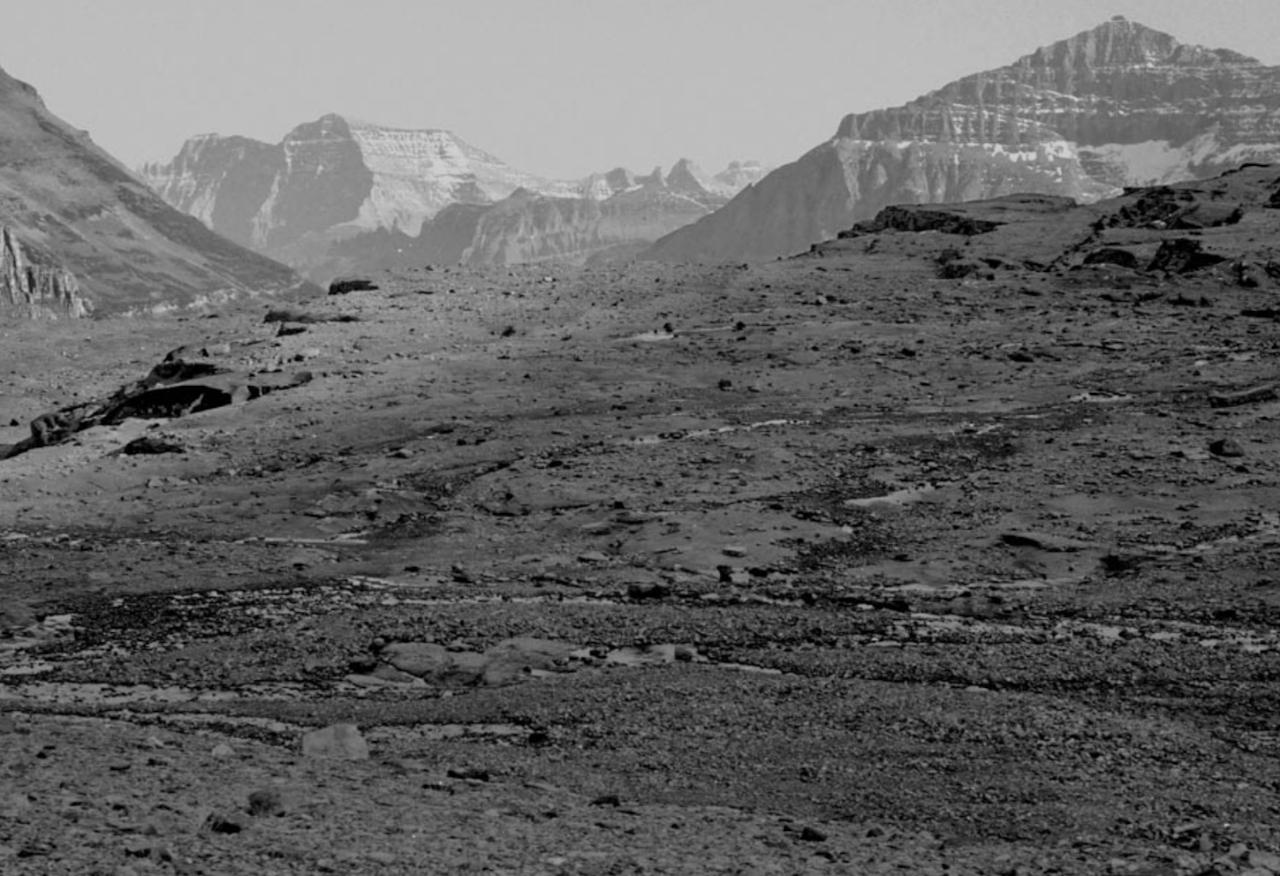Boulder Glacier 1932 vs 1988

|

|
The 1932 image is one of the first to initiate the "Repeat Photography Project" representing the disappearance of glacial ice. Boulder is no longer considered an active glacier. Source: National Park Service
GNP: ~150 present in 1850, most still there when park established in 1910. 26 remain as of 2015 that are larger than 25 acres (a guideline to be considered a glacier). Glacier retreat begins near 1914, responding to industrial revolution. Glaciers have reduced by ~85%. Average area reduced by ~39%
Contributions to the Ecosystem
- Habitats
- Flora and fauna
- Rare and endangered species (bull trout and grizzly bear)
- Maintain stream flow
- Release water in late summer and periods of drought to low/no flowing streams
- Regulates stream temperatures
- Water storage – Drinking water supply
- Agricultural practices & recreational uses
- Timber
Impacts
- Disrupts wildlife and aquatic food chain
- Native fish and aquatic insects (temperature sensitive) rely upon glacial melt
- Stonefly Larva consumes algae and fungi in sediments (important to glacier food chain)
- Increase hybridization of native and invasive species
- Public health
- Loss of sustained water source
- Risk of vegetation loss
- Loss of alpine meadows puts species at higher elevations at risk of losing habitats
- Agriculture
- Costs of adaptation
- Development of technologies and management
- Availability and timing of water
- Infrastructure
- Increasing wildfire
- Insect outbreaks (mountain pine beetle infestation)
- Tree disease
- Earlier snowpack melt and increasing hot days
- Air quality
- Cloud development
- Wind-blown dust is catalyst for formation of ice particles in clouds impacting reflectivity and lifetime of clouds
- 2019, Peter Deneen. How Dust From Receding Glaciers Is Affecting the Climate. GlacierHub, 10 June 2019.
- Retreat of Glaciers in Glacier National Park